Space Base is a game where you build starships to work in one of twelve sectors, potentially forming a colony in that region, in a race to 40 points. On the surface and at first glance the game may come across as bland and predictable. After all, the theme could be replaced with any of a dozen others (e.g., homesteading in the 17th or 18th century North America, island-hopping in pre-colonial Oceania, etc.) and remain exactly as it is; the dice-driven dependency on luck is obvious, and so on. There is a lot here at which a critic could point and declare the game third-tier at best.
And such a critic would be wrong.

Mission Briefing
Setting up Space Base involves a few steps:
- Each player places their command console (see image above) in front of them. The command console is populated with the 12 starting cards for that player (each going into the numbered sector as shown at the top-right of the card).
- Each player places a color-coded cube on each of the three tracks at the bottom of the command console. Players start with 5 coins (yellow disks), 0 income (green planets), and 0 points (blue starships).
- The colony cards are all placed onto the table. These are special cards which can be purchased to gain points, usually purchased in the end game as they shut down primary production for that sector once purchased.

Good for a point boost, but not much else once they are in play. - The shipyard is placed onto the table. The shipyard consists of three decks of cards, each progressively more expensive and more powerful. Each decks has six of the cards from it placed face up (for a total of 18 cards) which form the game’s market.

The Market. - The charge cubes (used for ship special abilities) are placed onto the table.

Charge cubes are used on many ships to create powerful abilities. - Finally, the starting player is determined. Each player draws a random ship from Deck 1 in the shipyard. The player pays for this card (the coin value in the upper-left corner of the cars) and places it into their command console, rotating the card that was there and placing it above the sector showing just the red section of the card.

You must purchase the card you received… meaning those with stronger cards start with less money. The player who drew the card with the highest sector number is the starting player.
The starting player gets no additional resources. The 2nd player gains +1 coin. The third player (if any) gains +2 coins. The fourth and fifth players (if any) each gain +1 income.
Setup is complete.
…to boldly go…
A turn of Space Base is relatively simple:
- The active player rolls the dice.
- All players check to see what rewards and/or abilities have been triggered. The active player checks the blue areas on the ships face-up in the triggered sector(s); the non-active players check the red areas on the upside-down ships in the triggered sector(s). Green abilities can be triggered by anyone at this time.
- The active player has the option of buying a card from the shipyard or colony area.
- If the active player purchased a card, their coins are reset to their income level.
The dice are then passed clockwise so the next player can take their turn. All of this is pretty straight forward. Except that each and every step of this process can be interrupted by various abilities.
- The active player, after rolling the dice, might re-roll or otherwise manipulate them with one or more abilities they have. Re-rolls and changing dice faces will alter the values for all players.
- Any player, before checking for rewards, may activate abilities which can change the die results for them alone, altering which sectors are activated for them.
- Some abilities may allow a player to simply acquire ships from the shipyard or the colony areas. Others may allow for the purchase of more than one ship. And so on.
All ships in the game (other than those in the colony area) have elements which can be triggered if a single die results in their sector number, or the sum of the dice results in their sector number. Players can activate each die separately, or the sum of the dice (but not both) as they desire.
If any player acquires 40+ blue starships (points), the end of the game is triggered. Players continue playing to complete the round (such that all players have had the same number of turns), and the player with the most points wins. In the case of a tie, another full round is played. Additional rounds are continued to be played until a distinct winner is determined.
Maintenance
The description above is adequate to give most people an overview of the game. But as the old saying goes: the devil is in the details.
Every ship purchased has to be weighed based on what it does for you on your turn (a blue ability), what is does for you on another player’s turn (a red ability, assuming you can purchase another card for that sector), what it does for you on anyone’s turn (a green ability), or just how many points it is worth (a yellow gain from colony cards).
Some cards have abilities that are not triggered when their sector comes up, they are charged (gain a charge cube). Those cards can be triggered at any time as long as they have the charge cube(s) needed. Such cards can change die results, die sums, and so on.
There are cards that will short circuit the game and declare you the winner (a green ability on a sector 12 card). There are cards that will generate points or income or coins – but the costs of those cards have to be carefully weighed against the sector it will fall into. After all, the odds of getting a 12 for that green card mentioned above is 1:36. This means the card is far less valuable in a 2-player game than it is in a 5-player game (i.e., due to the number of times the dice will be rolled).
There is a handy chart in the rulebook which points out that, for this game, the number 7 is not the most common result, it is 6. A result of 6, due to the fact that it can be triggered as a single die and a sum, has nearly three-times the frequency as a 7. When a 12 is rolled, it is possible to activate the 6 space twice…
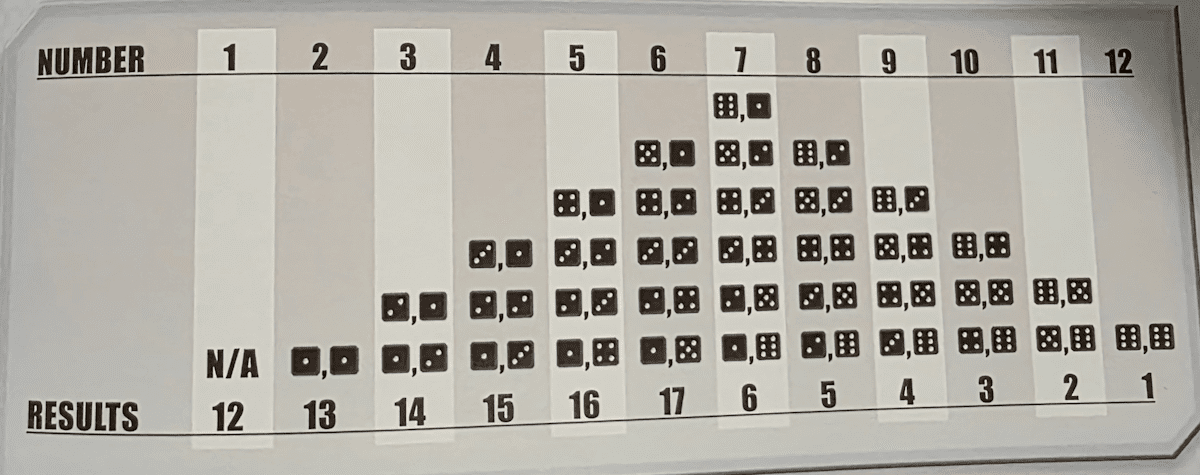
All of this means that any card can be seen as too weak or too powerful at a particular moment, depending upon where the dice land.
Final Thoughts
There are some issues with the game. The biggest two being the fact that those cards are tough to keep in place over the course of the game and the three tracks could have really used double-thickness boards to allow for spaces to hold the cubes in place.
The cards slide all over each other, resulting in difficulty keeping things tidy as cards are moved from the main part of the console to being under the board as they become red abilities. It is truly a pain. I am someone who has a tendency to sleeve everything. I have sleeves for this game, and I tried them: it is a nightmare. The nature of the cards (i.e., the ratio of height to width) makes handling them uncomfortable.
Anything that bumps the table, or the occasional loose sleeve of a shirt, makes the cubes move all over the place. The charge cubes go on cards, so there is no real solution here. But the three that go onto the tracks, those need to be held in place!
This is the only game I own where I prefer to play it on Board Game Arena. All I miss out on by doing so, is all of the expansions. I believe that, were it not for these two issues, this game would be rated a half-point or more higher. C’est la vie.
All that said, this is a very good game. Space Base will sneak up on you. When you look at the cards, and you see how the dice work, you understand that basic die probability is at work here. Every purchase, looking at potential rewards in coins, income, or points – or looking at the potential abilities – must be carefully considered. Colony cards get you points, but offer no future for your own turns. Cards in sectors 9+ may only get triggered once in a game, if even that.
In the end, it is a beautiful puzzle.


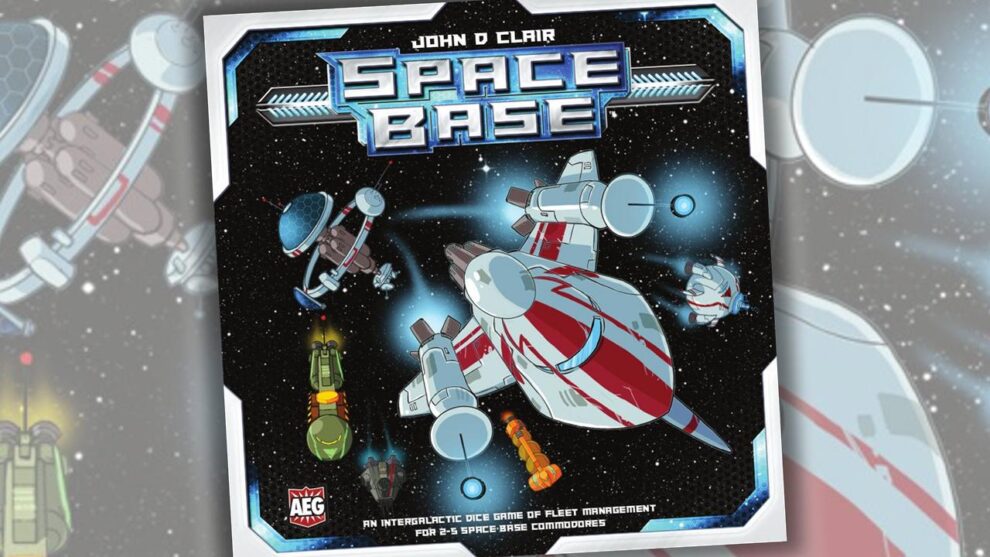

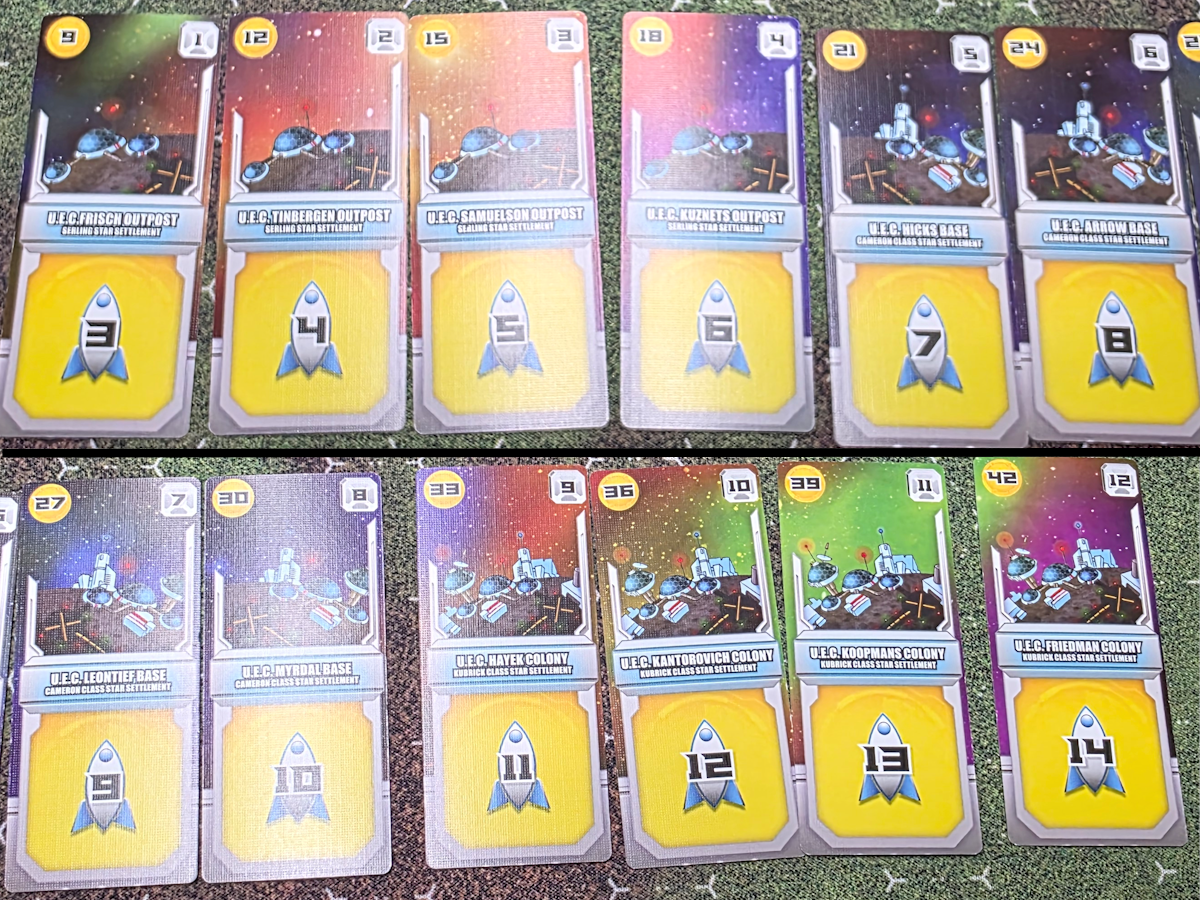
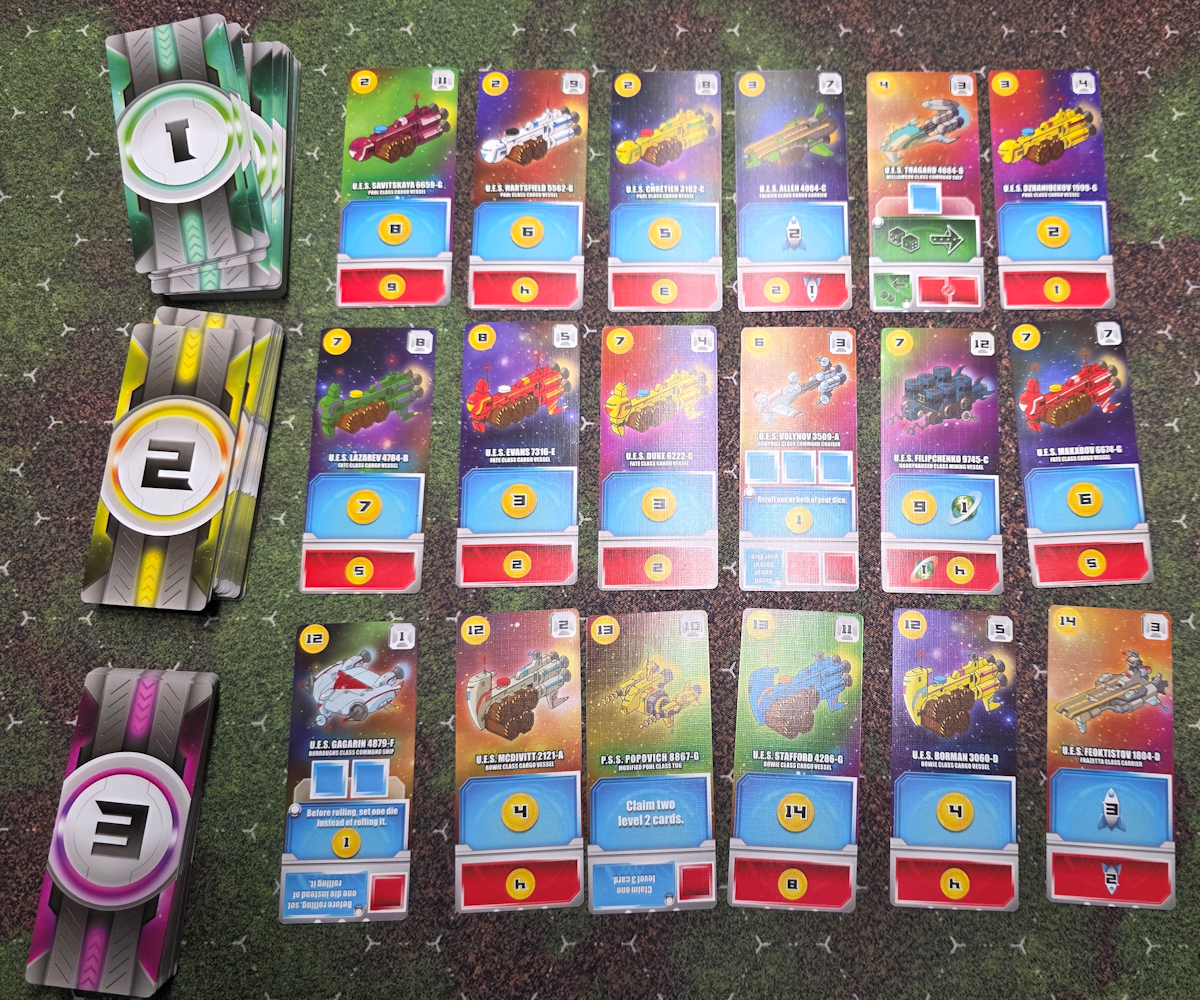
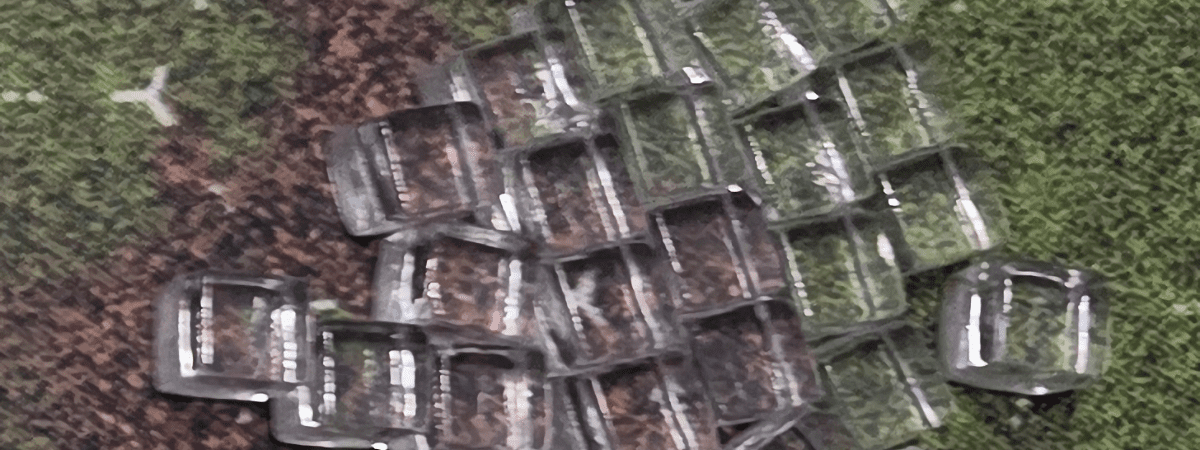
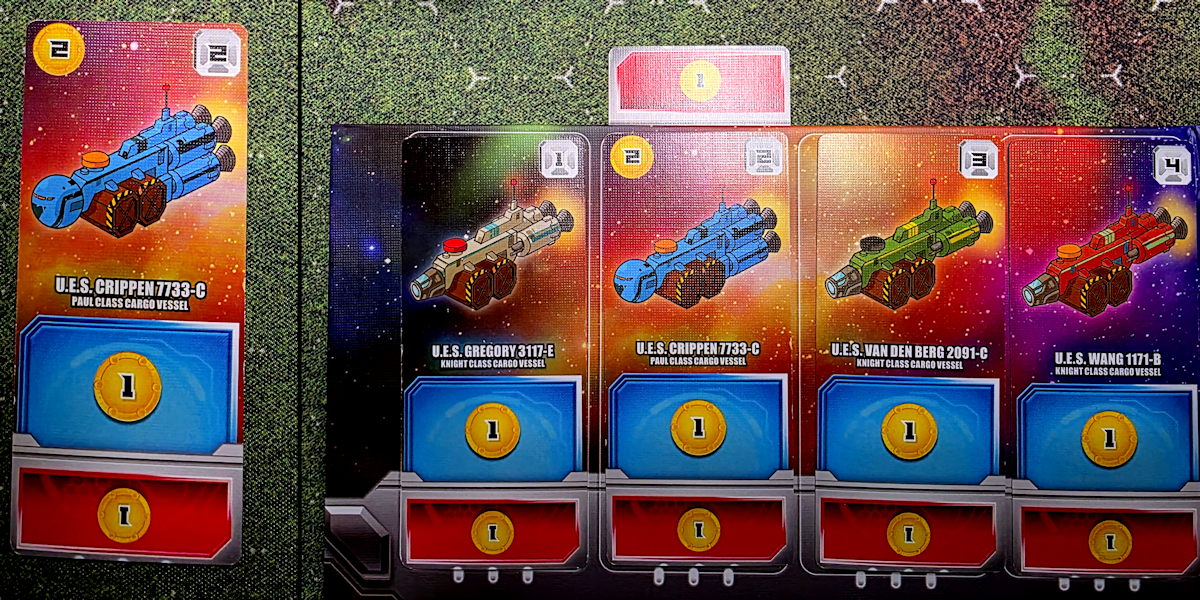


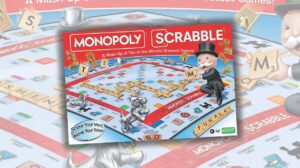



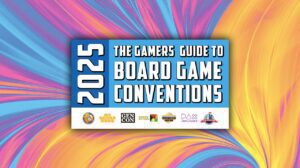

Add Comment